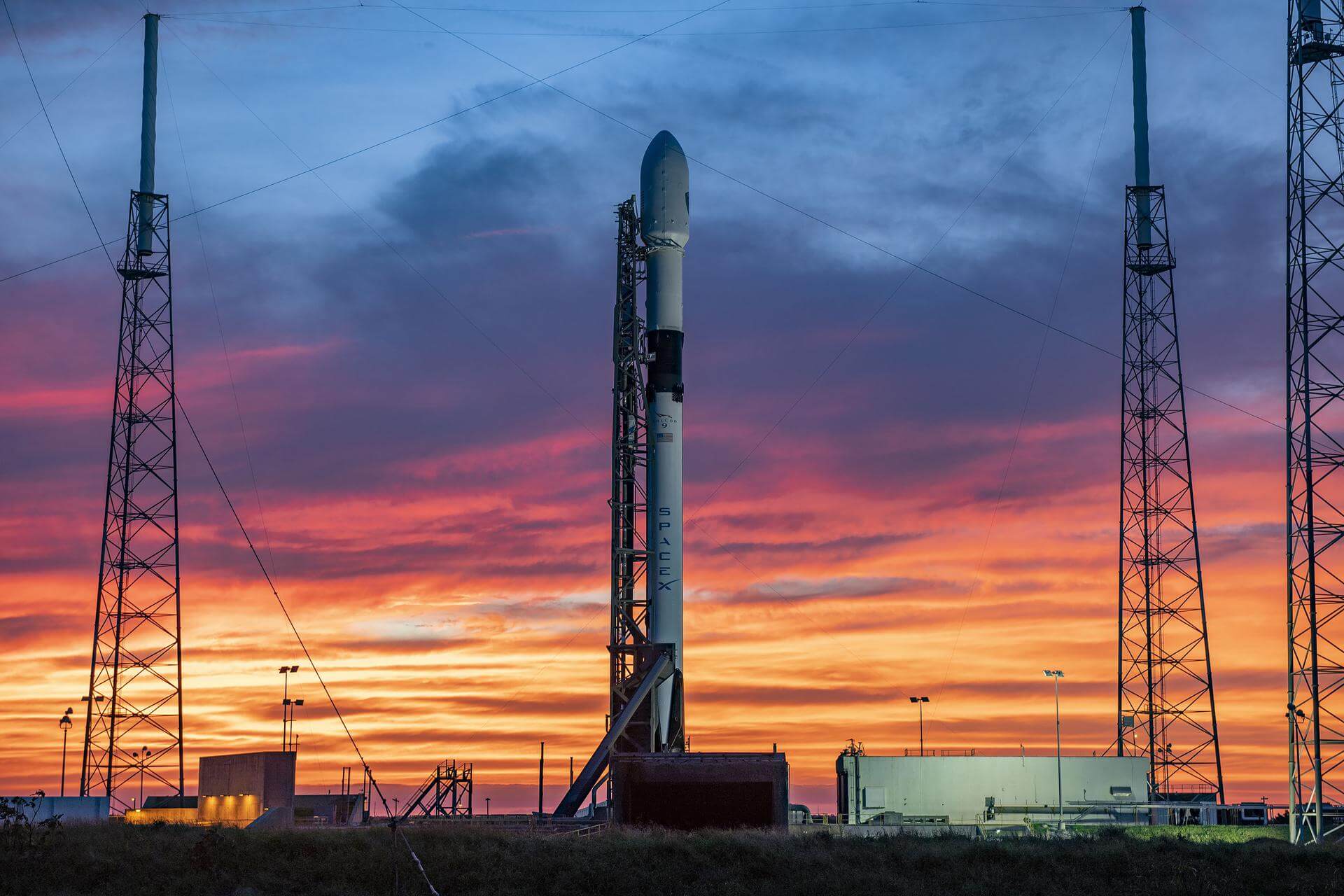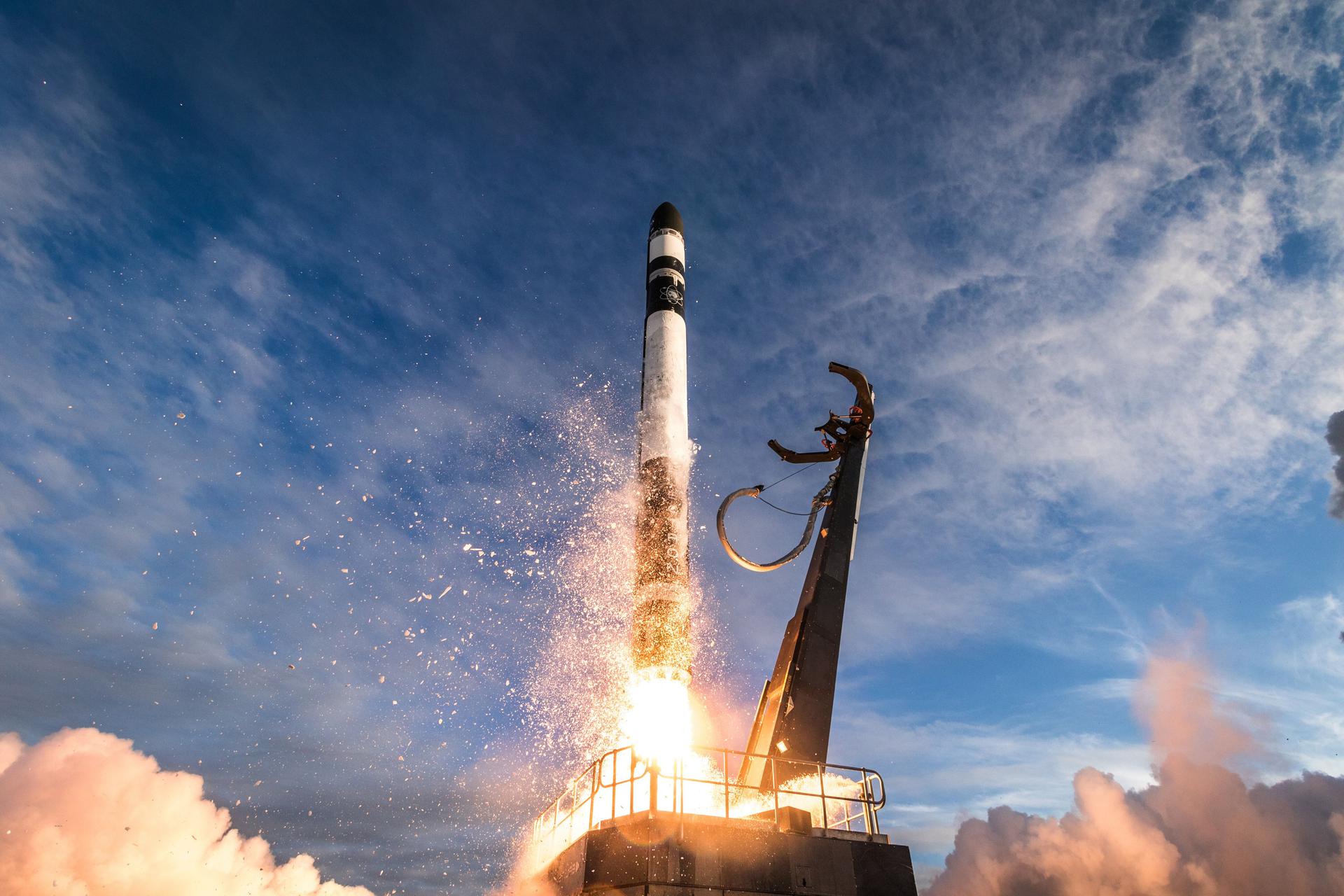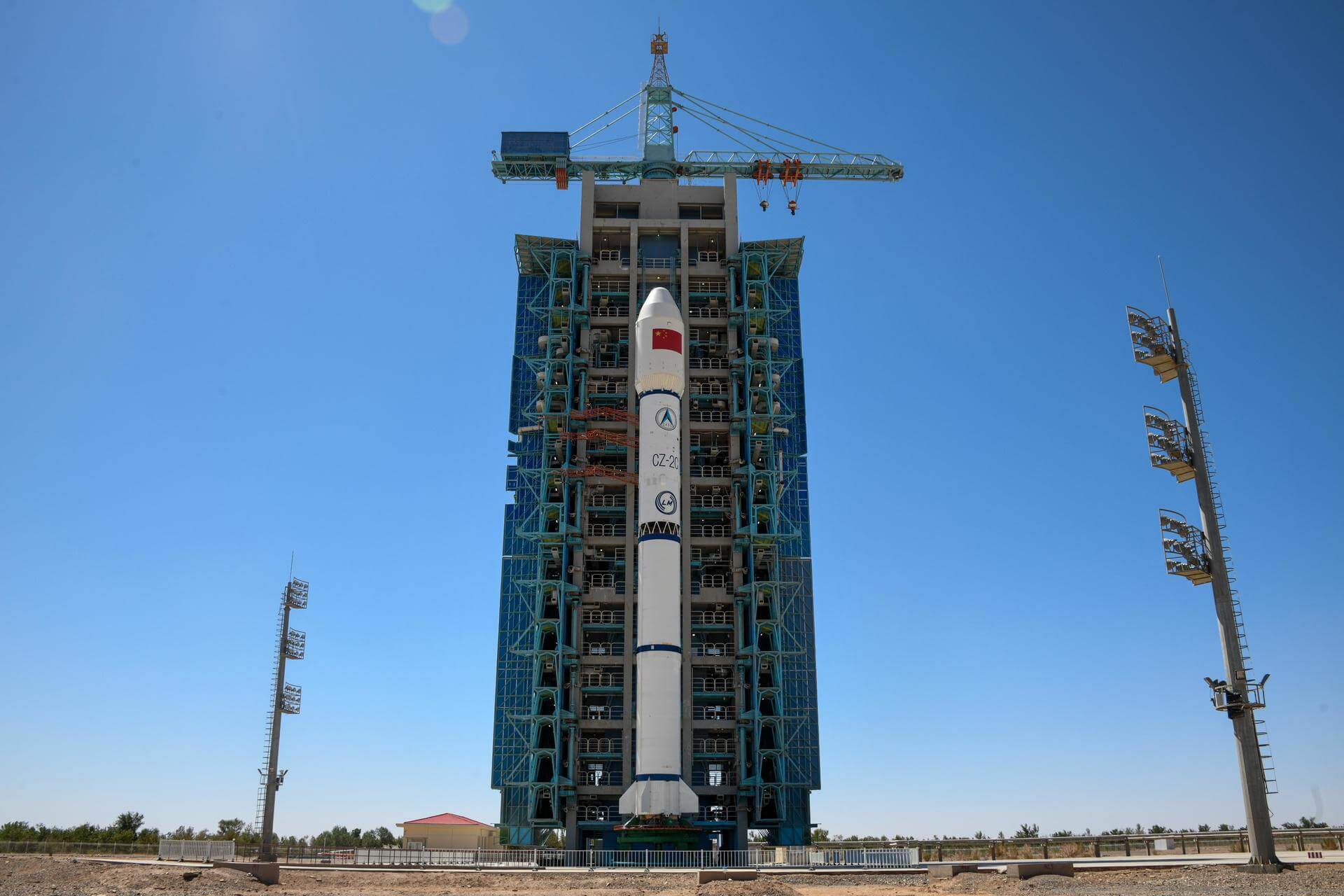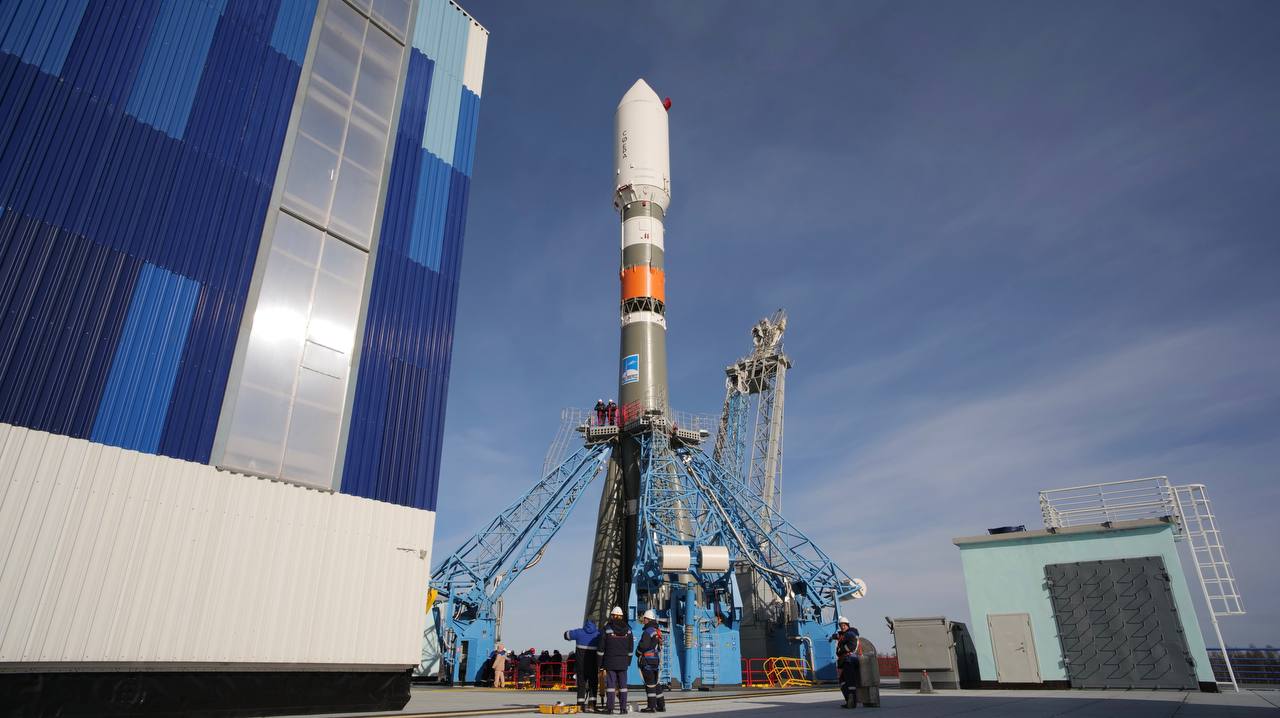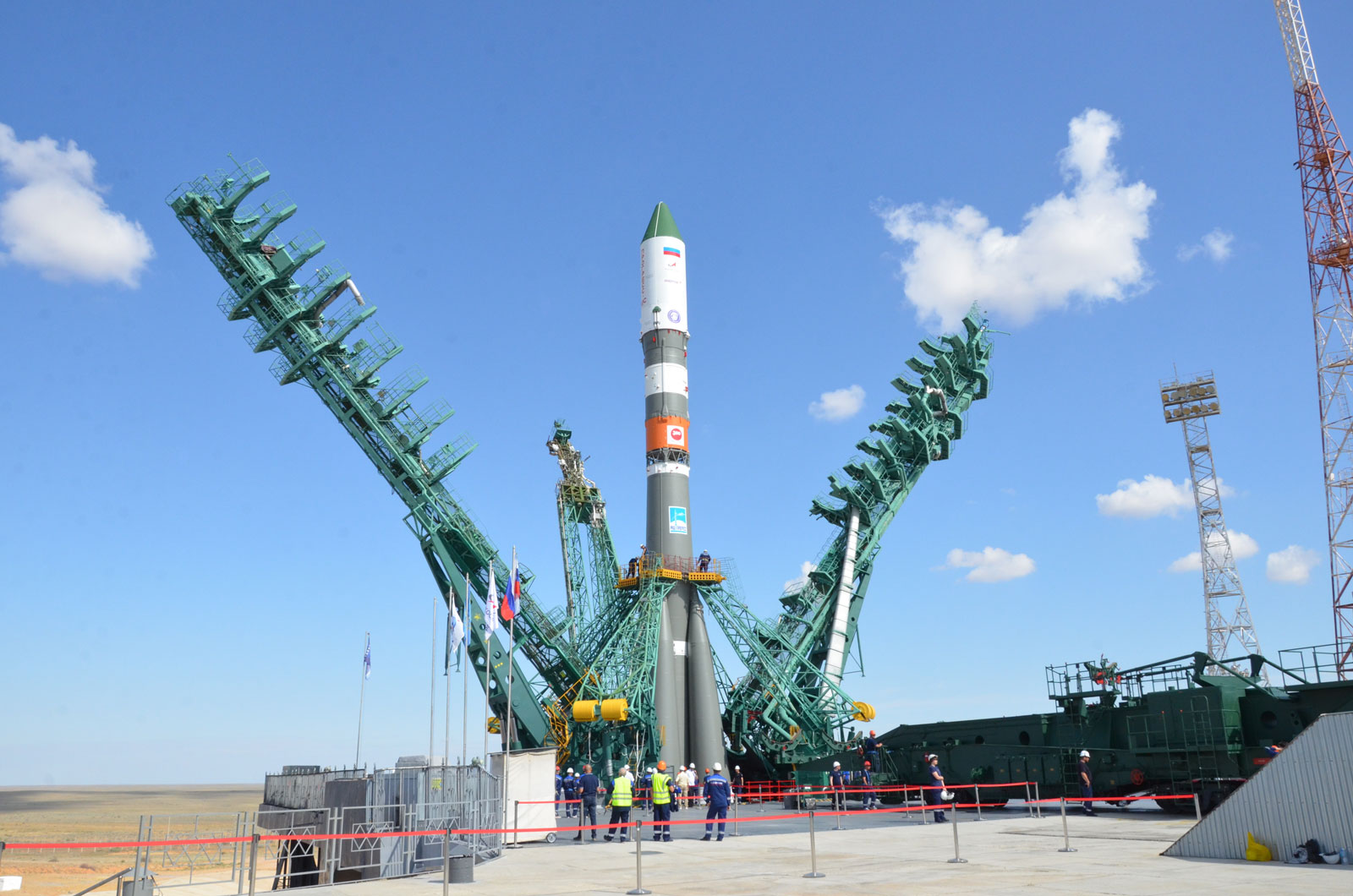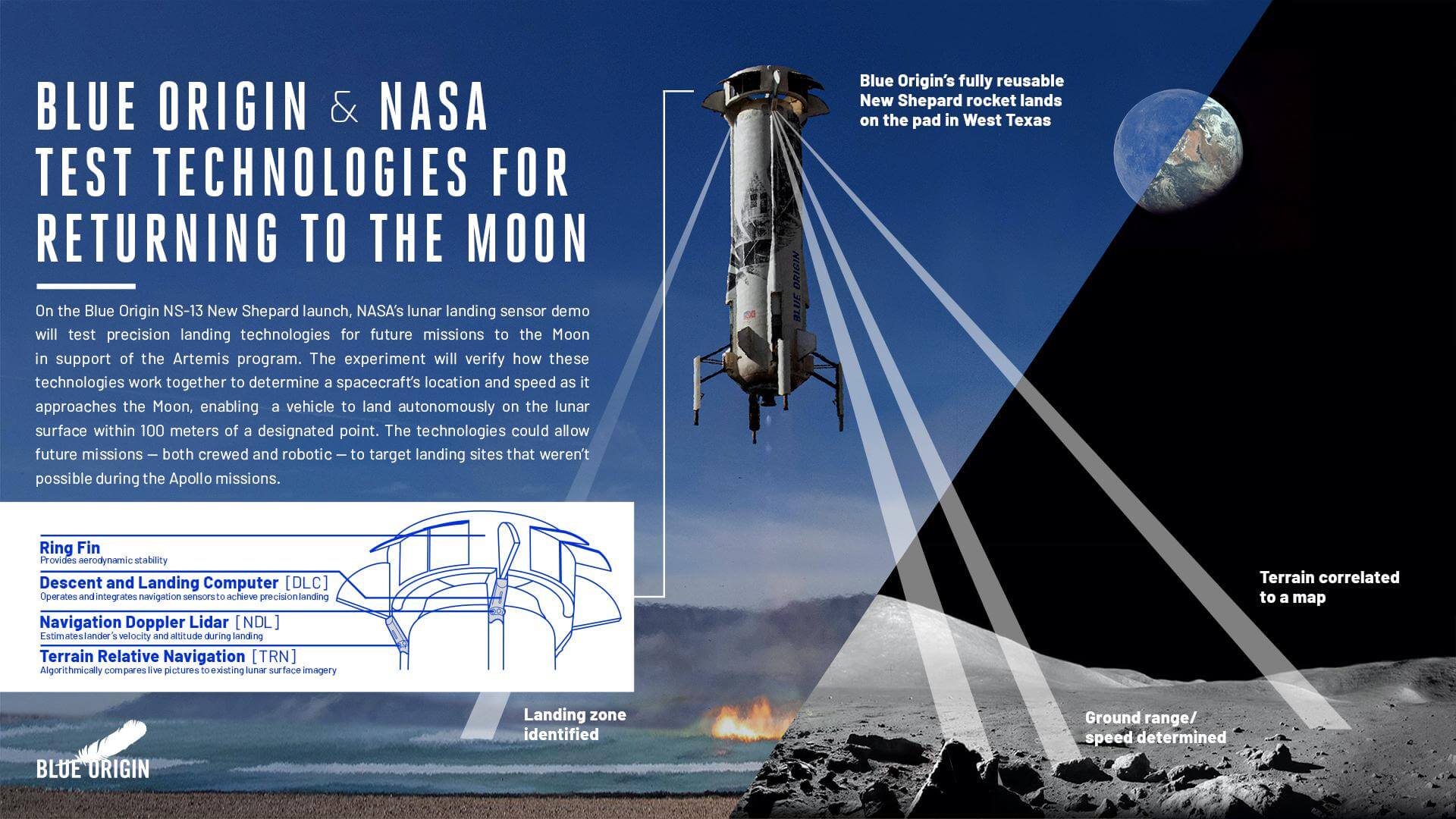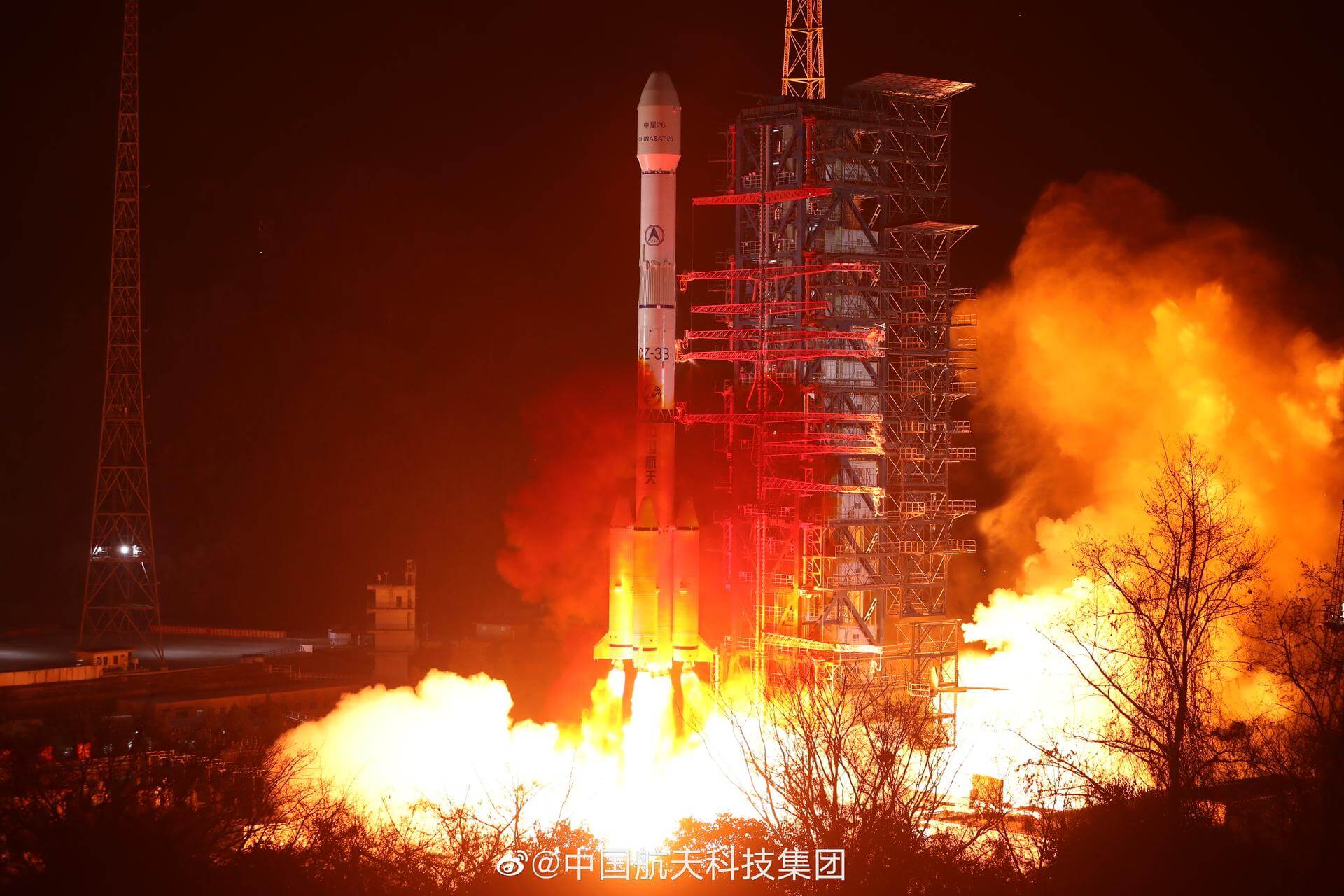Previous Spaceflight Launches
Filter by Agency, Locations or Vehicles
Show All LaunchesFalcon 9 Block 5 | GPS III SV04
SpaceX | United States of AmericaCape Canaveral SFS, FL, USA
Nov. 5, 2020, 11:24 p.m.
Status: Launch Successful
Mission:
GPS-IIIA (Global Positioning System) is the first evolution stage of the third generation of the GPS satellites. It consists of the first ten (known as "tranche") of GPS III satellites.
Medium Earth Orbit B1062 - Maiden Flight Of Course I Still Love YouElectron | In Focus (Rideshare)
Rocket Lab | United States of AmericaRocket Lab Launch Complex 1, Mahia Peninsula, New Zealand
Oct. 28, 2020, 9:21 p.m.
Long March 2C | Yaogan-30-07
China Aerospace Science and Technology Corporation | ChinaXichang Satellite Launch Center, People's Republic of China
Oct. 26, 2020, 3:19 p.m.
Status: Launch Successful
Mission:
The Yaogan 30-01-01 to 30-01-03 (Remote Sensing Satellite-30-01-01 to 30-01-03) satellites, were launched by CZ-2C rocket from China's Xichang space center on 29 September 2017. The purpose is not confirmed, although the news reports hint towards a SIGINT mission, especially to detect ships by their radio emissions. They are also known as CX 5 by the manufacturer. The satellites are spaced by 120° in their orbit.
Low Earth OrbitSoyuz 2.1b/Fregat | Glonass-K1 No. 15 (Kosmos 2547)
Progress Rocket Space Center | RussiaPlesetsk Cosmodrome, Russian Federation
Oct. 25, 2020, 7:08 p.m.
Status: Launch Successful
Mission:
Glonass-K are the third generation of satellite design for GLONASS satellite navigation system. GLONASS is a Russian space-based navigation system comparable to the similar GPS and Galileo systems. This generation improves on accuracy, power consumption and design life. Each satellite is unpressurized and weighs 935 kg, and has an operational lifetime of 10 years.
Medium Earth OrbitFalcon 9 Block 5 | Starlink 14
SpaceX | United States of AmericaCape Canaveral SFS, FL, USA
Oct. 24, 2020, 3:31 p.m.
Falcon 9 Block 5 | Starlink 13
SpaceX | United States of AmericaKennedy Space Center, FL, USA
Oct. 18, 2020, 12:25 p.m.
Soyuz 2.1a | Soyuz MS-17
Progress Rocket Space Center | RussiaBaikonur Cosmodrome, Republic of Kazakhstan
Oct. 14, 2020, 5:45 a.m.
Status: Launch Successful
Mission:
Soyuz MS-17 begins expedition 63 by carrying Roscosmos cosmonauts Sergey Ryzhikov, Sergey Kud-Sverchkov and NASA astronaut Kathleen Rubins to the International Space Station aboard the Soyuz spacecraft from the Baikonur Cosmodrome in Kazakhstan. After launching from the Baikonur Cosmodrome in Kazakhstan, they will rendezvous to the station where they will remain for their 6 month stay.
Low Earth OrbitNew Shepard | NS-13
Blue Origin | United States of AmericaCorn Ranch, Van Horn, TX, USA
Oct. 13, 2020, 1:37 p.m.
Status: Launch Successful
Mission:
This will be the 13th New Shepard mission and the 7th consecutive flight for this particular vehicle (a record), demonstrating its operational reusability. New Shepard will fly 12 commercial payloads to space and back on this mission, including the Deorbit, Descent, and Landing Sensor Demonstration with NASA’s Space Technology Mission Directorate under a Tipping Point partnership. This is the first payload to fly mounted on the exterior of a New Shepard booster rather than inside the capsule, opening the door to a wide range of future high-altitude sensing, sampling, and exposure payloads.
Suborbital NS-3 - Flight Proven ( ) Corn Ranch Landing Pad, West TexasLong March 3B/E | Gaofen 13
China Aerospace Science and Technology Corporation | ChinaXichang Satellite Launch Center, People's Republic of China
Oct. 11, 2020, 4:57 p.m.
Status: Launch Successful
Mission:
Gaofen is a series of civilian Earth observation satellites developed and launched for the China High-definition Earth Observation System (CHEOS), a state-sponsored programme aimed to develop a near-real time, all-weather, global surveillance network consisting of satellite, near-space (stratosphere) airships, and aerial observation platforms.
Geostationary Transfer OrbitFalcon 9 Block 5 | Starlink 12
SpaceX | United States of AmericaKennedy Space Center, FL, USA
Oct. 6, 2020, 11:29 a.m.
